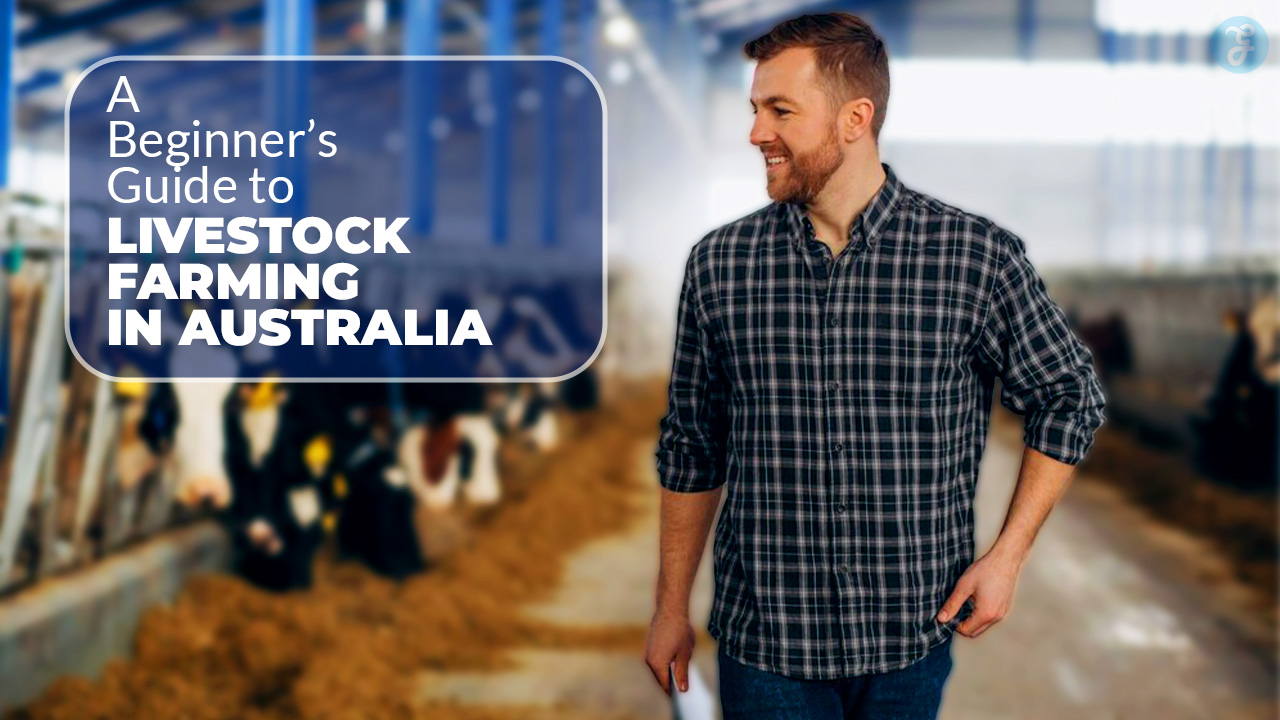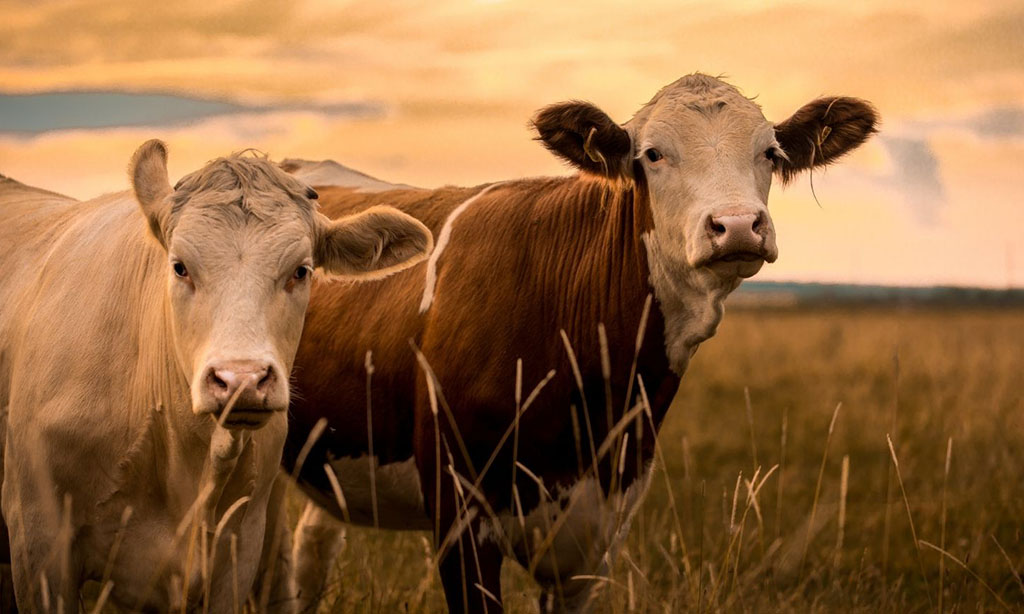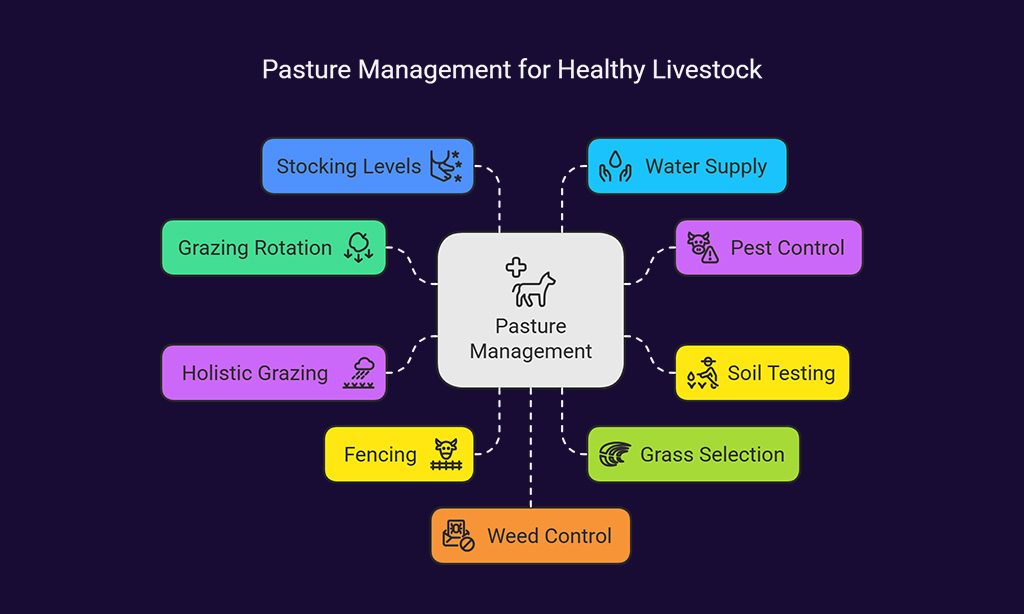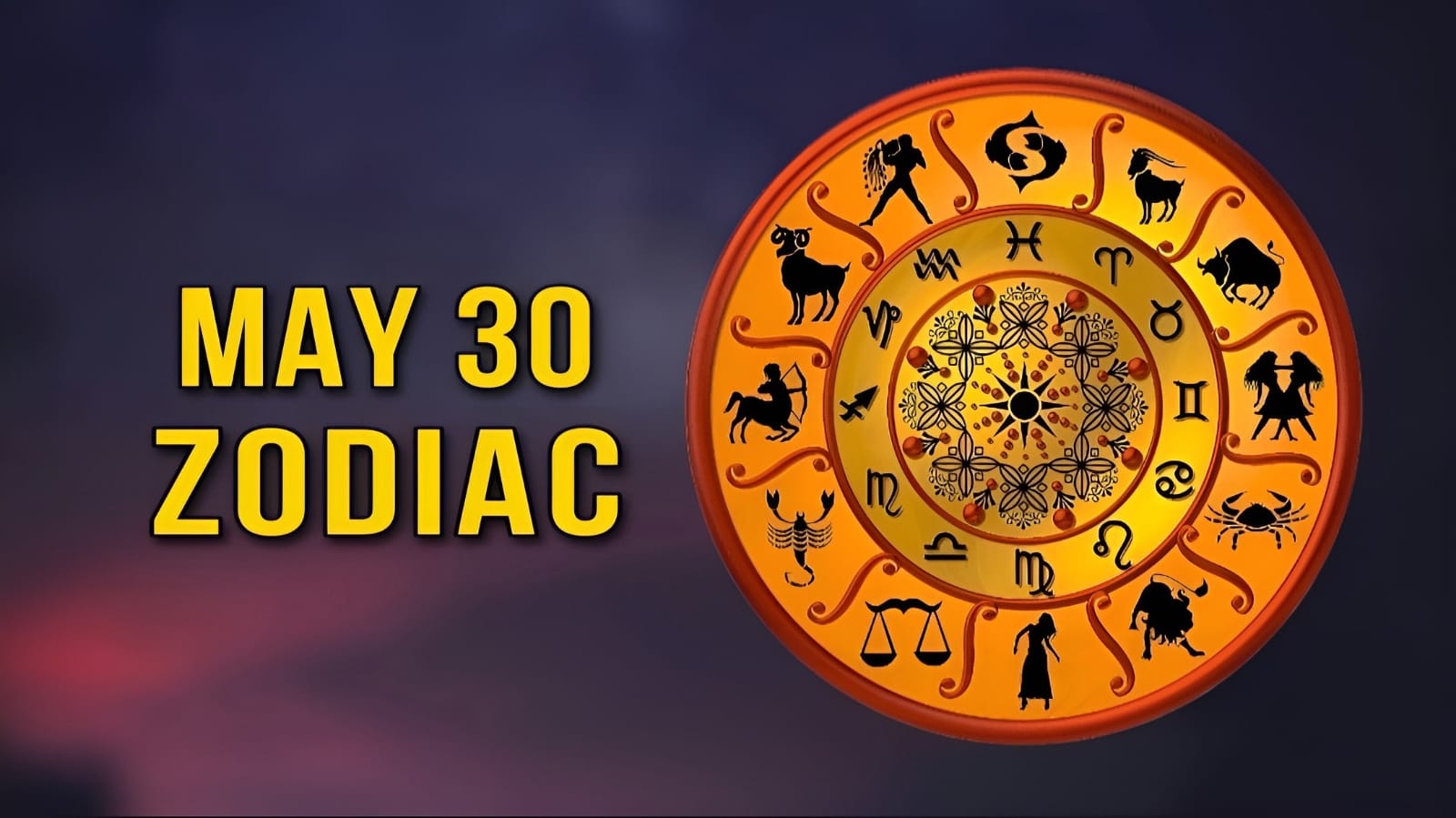Starting livestock farming can feel like a big task. You might not know where to begin or what animals fit your land and goals. Many new farmers worry about mistakes like overgrazing, poor fencing, or choosing the wrong breeding stock.
Australia’s climate and landscapes are perfect for raising farm animals like cattle, sheep, goats, and even poultry. But each type of livestock has special needs for shelter, food, and care.
This guide will help break it all down. From picking beef breeds to setting up electric fences, you’ll get clear steps to start right. Keep reading!
Key Takeaways
- Livestock farming in Australia needs planning and good care. Farmers must follow local laws like getting a Property Identification Code (PIC).
- Cattle, sheep, and goats are popular animals. A 40-hectare farm can hold about 15 breeding cows or 45 ewes with lambs.
- Strong fences and shelters protect livestock from predators and weather. Electric fencing helps keep wild animals out of pastures.
- Good pasture management includes rotating grazing areas, testing soil, and controlling weeds for healthy grass growth.
- Disease prevention is key—vaccinate young animals, clean tools often, quarantine new stock, and use tracking systems like NLIS tags for safety.
Understanding Your Livestock Farming Goals
Set clear goals before raising animals. Decide if you want to focus on meat production, breeding stock, or dairy cows. Time matters too. Busy farmers might choose dry cattle instead of breeding sheep or goats, which need more care.
Think about your skills in animal husbandry and pasture management. Breeding cattle and lambs demand strong knowledge and consistent work year-round. If unsure, start small with steers or heifers to learn the ropes without feeling overwhelmed.
Choosing the Right Livestock for Your Farm
Picking the right animals shapes your farm’s success. Think about your land, goals, and how much care each type needs.
Cattle
Cattle are a popular choice for livestock farming in Australia. Breeding cattle like Poll Hereford or Angus work well on pastures. For smaller, niche markets, Dexter or Belted Galloway can be good options.
A 40-hectare farm with 30 hectares of pasture can support about 15 breeding cows. These cows might produce around 14 weaned calves each year.
Farmers often grow store steers or heifers from 300 kg to about 500 kg annually. Yard weaning keeps the calf safe for four to seven days in a secure space. Paddock weaning lets calves roam but carries risks if fences fail.
Natural weaning happens slowly as mothers stop nursing, but it may wear out the cow if not managed carefully.
Sheep
Sheep are great for small farms. They eat less grass than cows. Forty-five ewes with lambs can graze on the same pasture as 15 cows with calves. This makes them cost-effective for meat production or fleece farming.
Shearing is key to keeping their wool clean and healthy. Regular checks after lambing help catch diseases, accidents, or predators like dingoes quickly. Crossbred ewes are popular; they can raise about 65 lambs annually from a flock of 45 on a well-managed farm of 40 hectares with enough pasture.
Goats
Goats are hardy animals and common in Australian livestock farming. They eat shrubs, weeds, and tall fescues, making them great for clearing land while managing grazing pressure. Their natural eating habits support free-range systems well.
Feeding plans should include hay during dry months to keep them healthy.
Farmers often raise goats for meat production or breeding stock. Regular health checks help prevent diseases. Ear tags make tracking easier for livestock movement and meet regulatory needs.
Proper fencing is key since goats can jump or squeeze through gaps easily! Their care takes effort but rewards farmers who manage their needs properly.
Legal and Regulatory Requirements
Rules keep things running smoothly, so learn the laws for your farm to avoid trouble.
Property Identification Code (PIC)
Every livestock farm in Australia needs a Property Identification Code (PIC). This code links your land and animals to a national system. It helps track livestock movement and keeps food safety strict.
Getting a PIC is required by law, even for small farms or hobby farmers. You must apply through your state’s agriculture department. The number stays with the property, not the farmer.
If you sell or lease your land, the new owner will use the same PIC.
Livestock Production Assurance (LPA) Accreditation
LPA Accreditation helps farmers show they follow safe, clean, and responsible practices. It connects to meat production standards in Australia. Farmers must use NLIS devices on livestock for tracking and apply LPA National Vendor Declarations (NVDs) during sales or livestock movement.
This system builds trust with buyers by proving animal husbandry quality. For example, beef cattle farmers use it to confirm their meats meet top safety rules. Proper records under LPA protect farms from issues like disease spread or traceability problems.
Setting Up Infrastructure
Good fences, sturdy shelters, and smart layouts make farm life smoother—discover how to get started.
Fencing and Boundaries
Fencing keeps your livestock safe and contained. It also protects your farm from pests and predators.
- Build exclusion fencing 1.8 meters high to stop predators like wild dogs and kangaroos. These fences help protect sheep, goats, and other animals.
- Use strong materials like steel or treated wood for long-lasting boundaries. Weak fences can break easily, risking escapes or intrusions.
- Install proper gates at key points for easy livestock movement in and out of the farm. Gates should be secure but simple to use.
- Keep pigs in with buried fencing since they love rooting in the soil. This stops them from digging under and escaping.
- Check all fences regularly for damage or wear, especially after storms or heavy winds.
- Use electric fencing as an extra layer to keep feral animals out of your pasture areas.
- Split large fields into smaller paddocks using temporary posts for effective rotational grazing practices.
Fencing is the backbone of livestock farming success!
Shelter and Housing
Animals need shelter for safety and comfort. Proper housing also helps with health and meat production.
- Build strong huts or barns for extreme weather. Cows, sheep, and goats need protection from heat, cold, and rain.
- Design pens with enough space. Chickens need 2-3 square feet per bird, while breeding cattle require larger areas.
- Use sturdy materials like wood or metal for building structures to keep predators out.
- Provide dry bedding like straw or wood shavings to keep animals warm and clean.
- Allow good air flow in sheds to reduce diseases.
- Place water bowls near shelters so animals stay hydrated.
- Install lights inside for easier night checks on livestock movement.
- Use fences around housing areas to prevent hunting by wild wolves or dogs.
- Clean shelters regularly to control pests and bugs that harm animals.
- Keep shade covers outside pens if practicing free-range farming methods.
Good planning saves costs and keeps livestock healthy!
Feeding and Nutrition Basics
Healthy livestock starts with good feeding—learn simple tips to keep your animals strong and your farm thriving!
Pasture Management
Good pasture management keeps livestock healthy and land productive. It reduces costs and protects soil from overuse.
- Rotate grazing areas often. Move cattle, sheep, or goats to fresh pastures to let grass recover. This prevents overgrazing and promotes even plant growth.
- Control kangaroos if they disrupt your land. Overgrazing by kangaroos can harm soil health and reduce ecosystem functions.
- Test the soil regularly. Check for nutrient levels to keep grass strong and nutritious for animals.
- Introduce holistic grazing methods. These techniques save money and help farms adapt to climate change effects like droughts.
- Use proper fencing to divide pastures into sections. Strong fences keep livestock in place and allow better grazing control.
- Choose the right grass types for your area. Native grasses often need less water and grow well in local conditions.
- Avoid overstocking the land with too many animals at once. Too much pressure on the pasture damages it quickly.
- Water supply must be sufficient in all sections of your farm so livestock always have access while feeding.
- Cut weeds that compete with grass for nutrients or crowd out needed plants for livestocks’ diet.
- Fertilize sensibly based on testing results, but avoid heavy chemicals; balance benefits with environmental care to protect long-term productivity!
Supplemental Feeding
Feeding livestock is crucial, especially during feed shortages. Planning ahead can keep animals healthy and productive.
- Evaluate your pastures. Check if your grass can sustain the animals year-round. Overgrazing will weaken your land.
- Provide extra feed as needed. Hay, grains, or pellets can fill gaps when pasture growth slows down.
- Match seasonal changes with feeding plans. Dry seasons may require more supplemental feed for breeding cattle or sheep.
- Consult Meat & Livestock Australia guidelines. They share helpful tips on proper animal husbandry and nutrition.
- Try holistic grazing methods to improve pasture use. Rotate herds often to let grass recover naturally.
- Avoid overfeeding supplements. Balance them with fresh pasture to lower costs and reduce waste.
- Watch for health improvements in your herd after new feeds are added. A strong herd means better meat production results.
- Plan feeding budgets early in the year to avoid surprises later on during tough weather conditions like droughts or floods.
Health and Biosecurity
Keep your animals healthy, stop diseases in their tracks, and protect your farm’s future—learn how.
Disease Prevention
Healthy livestock means a happy farm. Preventing diseases saves time, money, and stress.
- Vaccinate young animals at 3–6 weeks. This protects them from clostridial diseases, which can be deadly.
- Use electronic tags for tracking. It helps monitor livestock movement and health history.
- Quarantine new animals for a few weeks before mixing them with your herd. This avoids spreading unseen illnesses.
- Clean tools like cattle crushes often to stop infections from spreading between animals.
- Provide clean water daily to every animal on your farm. Dirty water can cause serious health issues.
- Watch out for pests like ticks or flies. They carry diseases that harm meat production and breeding stock.
- Inspect pastures regularly for poisonous plants or unsafe conditions that hurt grazing animals.
- Call a vet if an animal looks sick or acts strangely for quick help and proper treatment.
- Train staff in proper livestock husbandry techniques to spot signs of illness early.
- Keep barns and shelters dry and clean all year round to reduce the risk of infections spreading further.
Livestock Identification and Traceability
Livestock identification helps track animals. Traceability ensures food safety and disease control.
- All cattle and sheep born after 2017 in Victoria must have electronic ID tags. These tags store data like farm origin.
- Record all livestock movements on the NLIS (National Livestock Identification System) database. This tracks animals across the country.
- Use PIC (Property Identification Code) to link animals to your farm. Each property gets a unique code for proper tracking.
- Identification helps during disease outbreaks. It lets authorities trace affected livestock quickly.
- Keep tag records organized for inspections. Missing data can cause fines or legal trouble.
- Choose hornless breeding cattle if safer handling is needed during tagging or transport.
- The system supports meat production and export standards by ensuring animal traceability from farm to market.
- Proper tagging builds trust with buyers and promotes high-quality meat eating habits worldwide.
- Biosecurity improves when farmers follow rules, preventing issues like cross-farm contamination.
- Good management of this process protects both farms and public health while boosting business reliability!
Takeaways
Starting livestock farming in Australia is no small feat, but it’s worth it. Strong planning, care, and patience are key. Focus on your animals’ needs and follow local laws to avoid pitfalls.
Keep learning as you grow—farming is always a journey. With time and effort, your hard work can thrive!
FAQs
1. What is livestock farming, and why is it important in Australia?
Livestock farming involves raising animals like cattle, sheep, and poultry for meat production or breeding stock. In Australia, it supports food supply, rural jobs, and exports.
2. How do farmers manage pasture for livestock?
Farmers practice pasture management by rotating grazing areas to keep grass healthy. This helps maintain good nutrition for bovines and other animals.
3. What does animal husbandry include in livestock farming?
Animal husbandry covers tasks like feeding breeding cattle, caring for rams during mating seasons, crutching sheep to prevent infections, and handling poultry with proper methods.
4. Why is free-range farming popular in Australia?
Free-range systems let animals roam freely on open land. It improves their quality of life while producing high-quality meat or eggs.
5. Who was Aldo Leopold, and how does his work relate to livestock farming?
Aldo Leopold was an ecologist who wrote “A Sand County Almanac.” His ideas inspire sustainable practices that balance nature with livestock movement and care today.








































